“… their avatars were less coy. While flesh and blood reporters and photographers banged on the door of the couple’s homes, virtual ones were trying to doorstep …”
” … one of the South West staff who “controlled” Meggy, ” … our characters started chatting and it was different. … Amy’s character was much more confident in the game than she was in real life.””
” … his character got the run around from Barmy because he was a novice in the ways of Second Life, … “It was difficult sometimes because there was a blurring between reality and Second Life.”
All quotes above from How South West News got its divorce scoop in Second Life.
The above article is from the Guardian, Friday November 14 2008. Giving the impression that ‘characters’ (perhaps they mean ‘avatars’) have independent action, and perhaps a life separate from their creators, this article demonstrates a common fallacious idea. An avatar, whether as a component of a gaming or non-gaming digital environment, cannot be said to be controlled by a person, nor can it have its own actions.
An avatar, in digital terms, is a visual representation of the person behind the screen. As the person behind the screen, you do not have direct access to you avatar – as many a person has bemoaned on the Second Life development lists, there is no way even for programmers without access to the servers for a digital environment to move or otherwise interact with an avatar.
Instead, what we have access to is an ‘agent’. The agent – defined either as an entity capable of action, or as something that acts on behalf of a[nother] person – is the thing that acts on your behalf. When you create input through your keyboard or mouse, those instructions run through your agent to the server. When ‘you’ move, you are changing the location stored in your agent. Effectively, the agent is an invisible point in a virtual space which moves by proxy. The avatar then, is a visual representation of changes you have made, or actions you have taken, through your agent.
In a digital environment, the things you can typically do involve moving, communicating, and interacting with or editing objects. In each case, your input is sent from your input device to the servers via your client and through your agent. Some manner of response to that input is then sent back to your client. This response might lead to text being displayed on your screen, or you hearing some audio output, if you are communicating; if you moved, the response will involve visual output – you will see your avatar ‘walking’ or perhaps ‘flying’, moving with respect to the background. If you are interacting with an object, you may receive visual output or text-based output, depending on the type of interaction. In each case, the agent acts on your behalf – moves, communicates, or interacts – and you then receive a response based on your actions.
Your agent is not the only entity that can cause a reaction in your avatar. If in Second Life another person starts to type, your avatar will turn their head in the direction of their agent, independently of any action you might take, unless your camera is locked. The servers may also cause your avatar to react. You can send an action request to your avatar through your agent to allow your avatar to be animated, but your agent is still doing the work on your behalf. Your ability to get an avatar to do anything that does not reflect an action you took at the input level, then passed through an agent, is very, very limited indeed.
Finally, an avatar most certainly has no life of its own. It cannot do anything the agent has not done, since it is a visual representation of what the agent is doing. Avatars do not communicate; people communicate through their agents. A somewhat inadequate analogy might be this: think of your computer hardware as if it were your phone – would you say that phones talk to each other? Think of your agent as a person taking dictation and typing out Teletext for a deaf person – would you say that you are communicating with the person you called, or the person taking dictation? Think of your avatar as an annoying street mime, following you and reacting only to your actions. Better yet, think of your avatar as a shadow thrown against a cave wall – would you say that the shadows had a life of their own, and could wander off and communicate with other shadows?
It may seem like a purely semantic issue – does it matter whether avatars can do these things or not, or which terms are used to couch these ideas? Well, it matters very much to the people who design and code digital environments and it matters in legal terms. It should be of importance to you, whether you are a user of these environments, or a reporter of these environments, or an outsider. Why? It means that many of these amazing and outlandish stories never even become an issue, and that people have a better understanding about how these things work, legally and socially. There’s less cause for confusion and less wiggle room for those gaming the system.
Wouldn’t you rather know where you stood on this issue concerning digital environments?

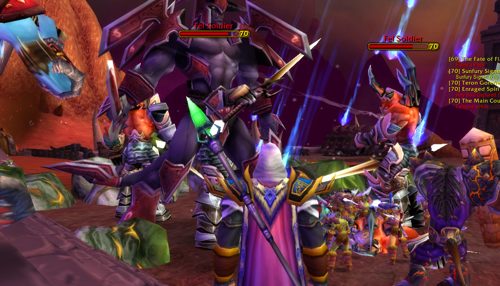
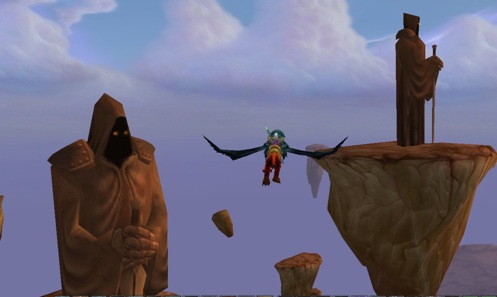

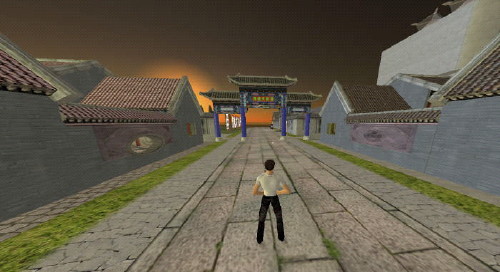
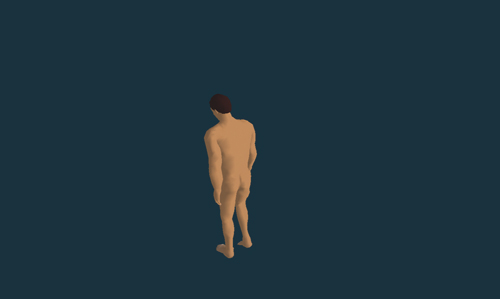
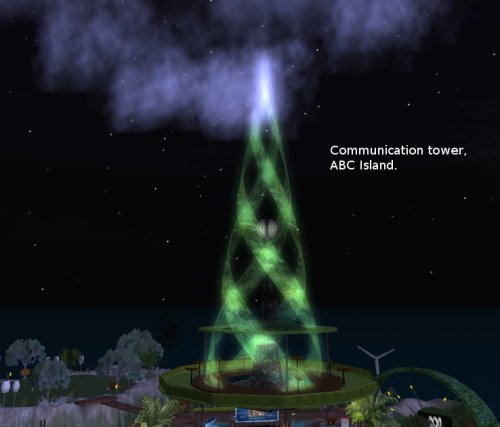


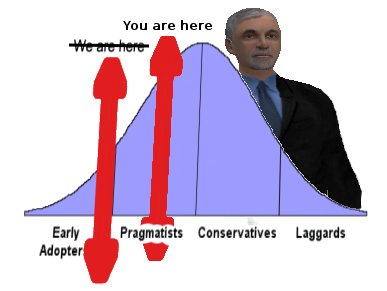
Recent Comments